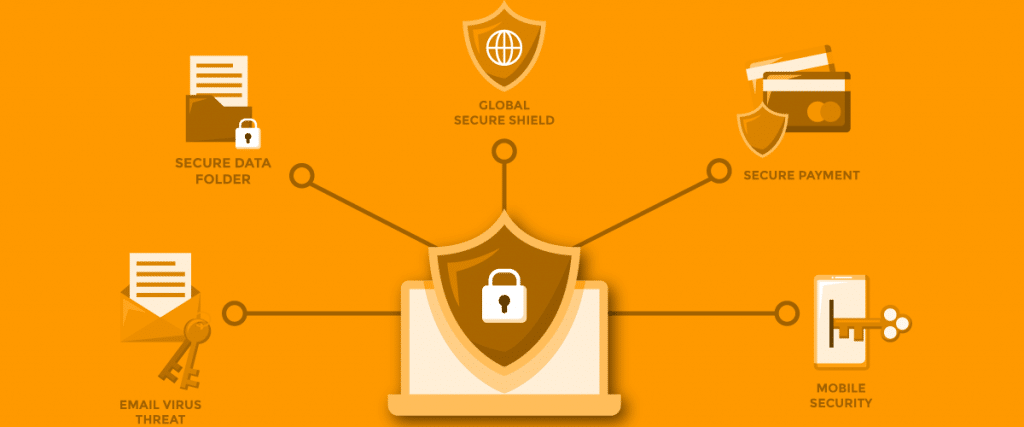
How to Detect a Man-in-the-Browser Attack
1. Introduction to Man-in-the-Browser (MitB)
Cyber threats have evolved and continue to evolve steadily, and among the sophisticated tactics which perpetrators employ is the Man-in-the-Browser (MitB) attack. This type of threat is characterized by its ability to operate stealthily and elude conventional defenses, compromising the integrity of online transactions and compromising the security of users.
A Man-in-the-Browser attack involves inserting a malicious component into a user’s web browser, allowing the attacker to intercept, modify, and manipulate information flowing between the user and online applications. Unlike other forms of attack, Man-in-the-Browser focuses on direct exploitation of the user interface, making it a particularly difficult problem to address.
The importance of understanding Man-in-the-Browser lies in its ability to circumvent traditional security measures by exploiting subtle vulnerabilities in operating systems and browsers. This type of attack not only compromises the confidentiality of sensitive information, such as passwords and financial data, but it can also manipulate transactions in real time, generating economic losses and eroding trust in digital environments.
In this context, it is imperative that both individual users and companies are fully aware of the distinctive features of Man-in-the-Browser.
>> FlashStart protects you from a wide range of threats and blocks access to malicious sites → Request a quotation or try it now

2. Indicative behaviors
Man-in-the-Browser attacks are characterized by a number of indicative behaviors which, if identified early, can help prevent serious consequences. One of the most obvious signs is the unauthorized modification of online transactions. Attackers can alter data in real time, from the amount of a transaction to its recipients, compromising the integrity of financial transactions and generating significant losses.
The seizure of sensitive data is another distinctive behavior of Man-in-the-Browser attacks. Cybercriminals can intercept and record sensitive information, such as passwords, credit card numbers, and personal data. This clandestine data collection allows attackers to perpetrate more elaborate frauds, compromising the privacy and financial security of the users involved.
User interface manipulation is a common tactic in Man-in-the-Browser attacks. Attackers can change the appearance of legitimate web pages by tricking users into entering sensitive information on false forms. This form of social engineering is particularly dangerous, as it can cause users to inadvertently reveal sensitive data.
The presence of unauthorized transactions or the execution of unsolicited transactions is also a clear sign of a possible Man-in-the-Browser attack. Users may notice unusual activity on their accounts, such as unauthorized fund transfers or changes in security settings. These unexpected occurrences should be treated with the utmost seriousness, as they could be indicative of an attacker’s presence in the browser.
Persistence over time is another characteristic of Man-in-the-Browser attacks. Because this type of threat can operate continuously and for an extended period of time without being detected, it is critical that users are aware of any persistent irregularities in their online experiences. Early detection of these indicative behaviors is critical in trying to mitigate their impact.
>> FlashStart’s artificial intelligence guarantees continuously updated protection for your browsing → Request a quotation or try it now
3. Vulnerable devices and platforms
The wide variety of operating systems and browsers has made Man-in-the-Browser (MitB) attacks possible. Web browsers, which are the main entry point to the digital sphere, are frequent targets. Vulnerabilities in popular browsers, such as Chrome, Firefox, or Edge, can be exploited in order to introduce malicious components which are integrated subtly into the user’s browsing sessions.
Mobile applications are also among the favorite targets. Mobile devices, with their increasing use for banking and financial activities, represent a significant attack surface. Vulnerabilities in mobile applications, on both iOS and Android platforms, can be exploited by attackers in order to compromise user security and gain access to sensitive information.
Similarly, e-commerce platforms are attractive targets for MitB attacks.
IoT (Internet of Things) devices are also emerging as potential targets. As connected devices are increasingly integrated into our daily lives, their security becomes a key priority. Man-in-the-Browser attacks could target IoT devices in order to access personal data or even affect home automation, creating significant privacy and security risks.
The diversification of the digital world offers attackers a variety of attack vectors in which to employ Man-in-the-Browser strategies. It is imperative that users and companies take proactive measures in order to protect browsers, applications, and digital platforms from these attacks, thereby reducing the risk of compromising the security and integrity of information in an increasingly interconnected world.

4. How does FlashStart work against MitB attackers?
» Content and URL filtering:
FlashStart actively protects users by filtering access to websites known to be malicious or compromised. By preventing users from accessing these pages, the likelihood of malware installing itself in the browser is significantly reduced.
» Constant threat analysis:
The platform performs constant analysis using artificial intelligence and machine learning to identify new threats in real time. This means that even the latest variants of Man-in-the-Browser malware can be detected and blocked before they cause damage.
» Multilevel protection:
FlashStart not only protects at the browser level, but it also offers layered protection, which includes email and the network in general. This guarantees that if a man-in-the-browser attack comes from other means, such as a malicious link in an email, it will be blocked.
» Automatic updates:
Cyber attacks evolve rapidly, and security tools must always be kept up-to-date. FlashStart updates automatically in order to guarantee that its threat database and protection capabilities are always at the forefront in the fight against cybercriminals.
» Easy integration and management:
FlashStart integrates seamlessly with the existing infrastructure, which means that the user does not need to be an IT expert to configure and maintain it. Moreover, its intuitive dashboard makes it easy to manage online security and monitor blocked threats.
» Practical example: a barrier against malware
Imagine that you click on a seemingly innocuous link while browsing the internet. Unbeknownst to you, this link takes you to a compromised website that attempts to install Man-in-the-Browser malware on your browser. With FlashStart enabled, the site would be blocked immediately, and you would receive a warning of the potential danger.
5. Summary
Man-in-the-Browser attacks are a serious and growing threat to both individual users and businesses. The key to protecting against these attacks is a proactive and advanced DNS-based protection solution, like FlashStart, which not only actively blocks known threats, but also learns and evolves to stay one step ahead of cybercriminals.
By adopting Flashstart, you will be able to browse the internet, knowing that you have a powerful tool that works tirelessly to protect your personal and professional information from the prying eyes of the cyber world. Don’t let Man-in-the-Browser attacks jeopardize your digital security!
We hope this article has provided you with valuable information on how to improve your online security with FlashStart.
See you in the next post!
You can activate the FlashStart® Cloud protection on any sort of Router and Firewall to secure desktop and mobile devices and IoT devices on local networks.







